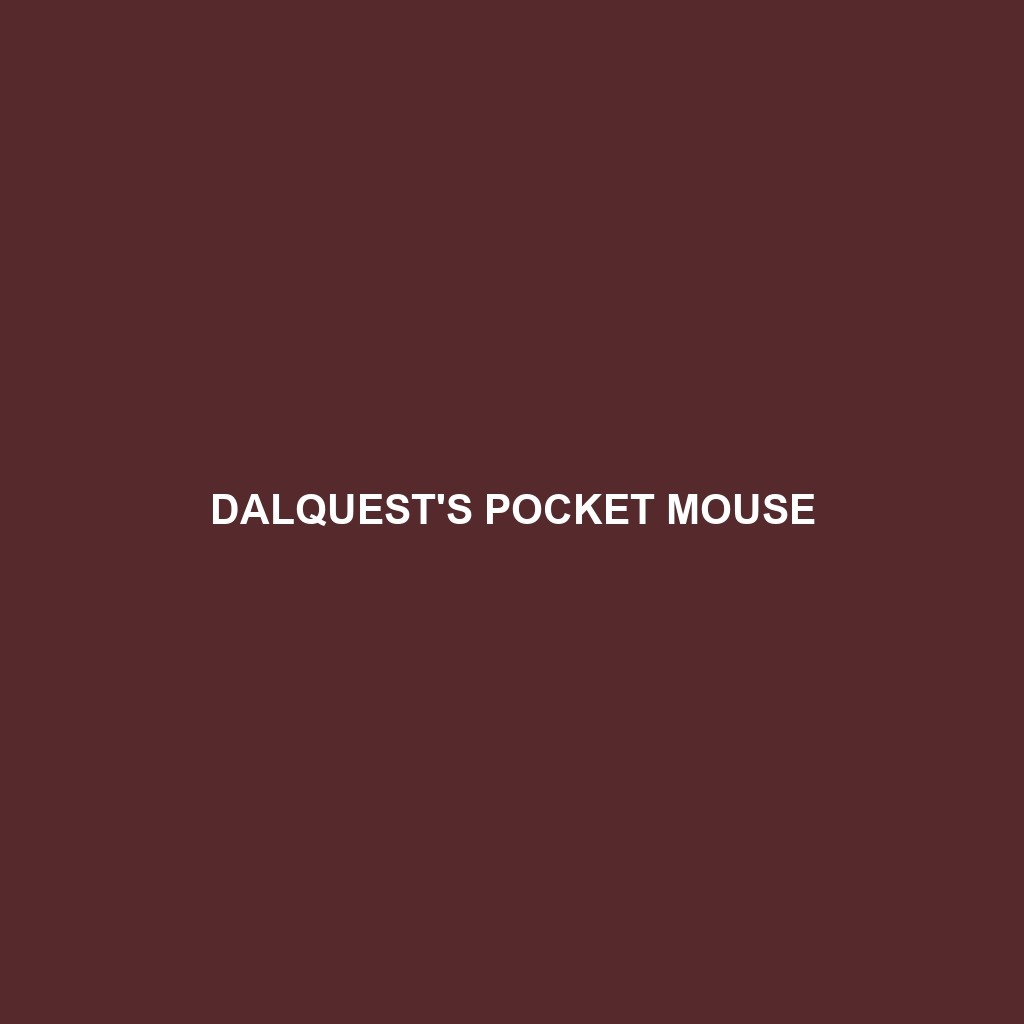Little Desert Pocket Mouse
Common Name: Little Desert Pocket Mouse
Scientific Name:
Habitat
The Little Desert Pocket Mouse is primarily found in arid regions of the southwestern United States, particularly within the Sonoran Desert and parts of California, Arizona, and New Mexico. This small mammal thrives in sandy or rocky soils, often favoring areas with sparse vegetation and frequent cover like shrubs and grasses. These habitats provide essential shelter from predators and extreme temperature fluctuations.
Physical Characteristics
This diminutive rodent measures approximately 2.5 to 4 inches in length, with a tail that can add another 3 to 5 inches. The Little Desert Pocket Mouse is characterized by its soft, light brown fur, which serves as excellent camouflage against the desert sands. Its large ears and distinctively elongated snout contribute to its unique appearance. Distinctive features include its oversized hind feet, adapted for quick movement across its arid habitat.
Behavior
The Little Desert Pocket Mouse exhibits nocturnal behavior, emerging primarily at night to avoid the intense heat of the desert sun. This species is known for its remarkable agility, enabling rapid burrowing and evasion of predators. They are solitary creatures, often establishing and defending small territories. Their vocalizations include a series of soft chirps used for communication, particularly during mating season.
Diet
Feeding primarily on seeds, grains, and small insects, the Little Desert Pocket Mouse plays a key role in its ecosystem as a seed disperser. Their foraging habits enable them to acquire moisture and nutrients necessary for survival. This species has adapted to exploit the sparse resources of its habitat, showcasing a diet high in adaptability and resourcefulness.
Reproduction
Breeding for the Little Desert Pocket Mouse typically occurs in the spring and early summer months, coinciding with favorable environmental conditions. A female can give birth to one to five pups after a gestation period of about 22 to 24 days. Notable maternal behaviors include creating intricate burrows for nesting, which provide protection for the young during their early weeks of life.
Conservation Status
Currently, the Little Desert Pocket Mouse is classified as vulnerable due to habitat loss and degradation caused by urban development and agricultural expansion. Conservation efforts are underway to protect its natural habitats and raise awareness about the importance of maintaining biodiversity in desert ecosystems.
Interesting Facts
The Little Desert Pocket Mouse has an incredible ability to survive without drinking water, deriving necessary hydration from the seeds and vegetation it consumes. This remarkable adaptation showcases the species’ resilience and ability to thrive in harsh environments.
Role in Ecosystem
The Little Desert Pocket Mouse serves a vital role in its ecosystem as both a herbivore and prey species. By aiding in seed dispersal, it contributes to the growth of various plant species. Additionally, its presence supports the food chain, providing sustenance for predators such as snakes, hawks, and foxes. This interconnection highlights the importance of maintaining healthy populations of the Little Desert Pocket Mouse to ensure the balance of its ecosystem.
